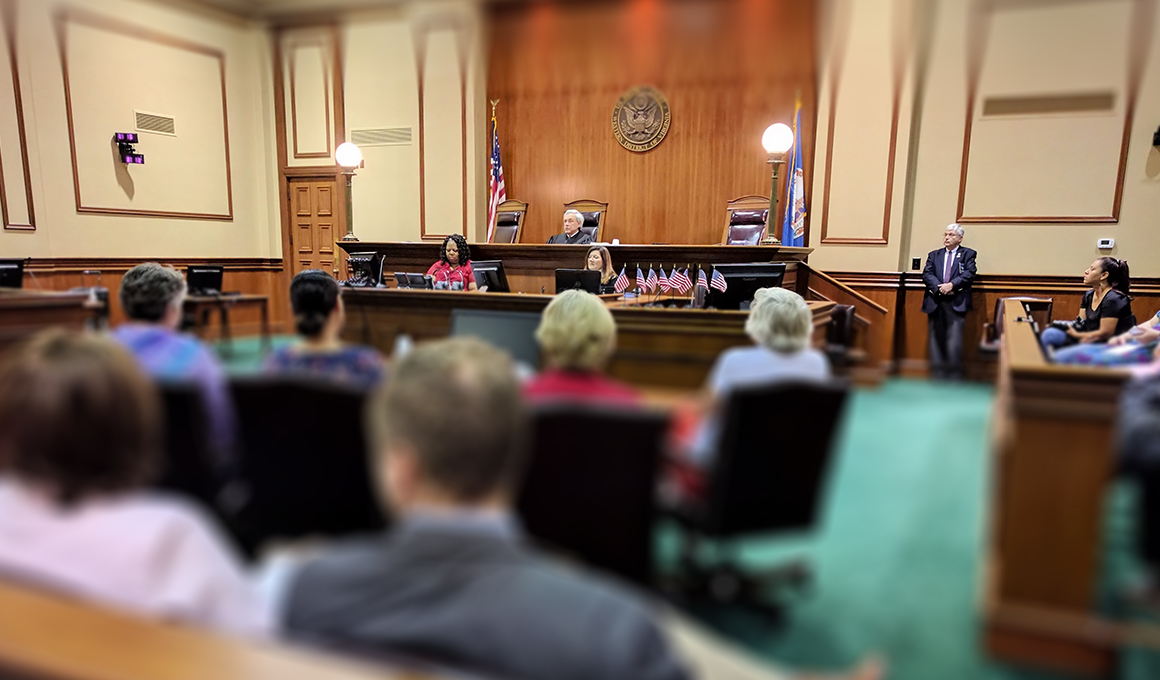The Power of Visuals in Trial Presentations for a Winning Argument
The combination of visuals in test presentations has actually arised as a vital aspect in successfully connecting complicated disagreements to jurors. By utilizing various kinds of visual aids-- be it diagrams, pictures, or animations-- attorneys can improve understanding and retention, inevitably forming the jury's perception of the instance.
Significance of Visuals in Trials
In several legal settings, visuals play a crucial duty in improving the efficiency of test presentations. The combination of aesthetic elements can substantially influence jurors' understanding and retention of intricate information, therefore forming their understandings and decisions. Visuals, such as graphes, diagrams, and photos, can simplify detailed stories, making them a lot more available and engaging.
In addition, the human brain processes aesthetic information a lot more efficiently than text, which underscores the value of including visuals into lawful debates. By translating thick legal principles right into aesthetic styles, attorneys can assist in more clear interaction, ensuring that crucial factors are not ignored during tests.
In addition, visuals serve to engage jurors on an emotional degree, cultivating a link to the instance that words alone might stop working to achieve. The calculated usage of visuals can evoke compassion, prompting jurors to take into consideration the human facets of the situation.
Ultimately, the value of visuals in tests depends on their ability to enhance quality, boost juror engagement, and strengthen the narrative existing. This potent combination is necessary for crafting influential arguments that resonate with jurors and affect the result of legal proceedings.
Sorts Of Visuals to Use
Efficient trial presentations can greatly gain from a range of visual tools that satisfy different facets of the situation. trial presentations. Using layouts and graphes can effectively break down complicated details, making it much more digestible for jurors. Flowcharts can illustrate the sequence of events, while bar graphs might succinctly contrast pertinent information points.

Animations and simulations can additionally play an important duty, especially in situations entailing technical data or complex circumstances. These visuals can dynamically represent processes or activities, giving clarity and interaction that fixed photos may not accomplish.
Furthermore, infographics combine text and visuals to summarize vital info successfully. They can offer timelines, data, and substantial instance points in an aesthetically enticing fashion, making it less complicated for jurors to adhere to the debate.
Enhancing Understanding and Retention

Enhancing understanding and retention during trial discussions is critical for making certain that jurors comprehend the necessary components of an instance. Visual aids function as effective tools in this regard, converting intricate info into conveniently absorbable formats. By making use of charts, diagrams, and infographics, lawyers can streamline elaborate information and highlight essential factors that may otherwise be forgotten.
Research studies have shown that people preserve details dramatically better when it exists aesthetically. This is particularly pertinent in a test setting, where jurors might be overwhelmed by the quantity of evidence and published here testament. By strategically including visuals, attorneys can direct jurors' interest to the most important aspects of the instance, reinforcing their understanding and memory of the product presented.

Developing Engaging Discussions
Fascinating jurors' focus during test presentations is essential for sharing a compelling story. Involving presentations utilize visual components to produce a remarkable experience that resonates with jurors. The critical use of graphics, computer animations, and videos can illuminate complex info, making it more easily accessible and relatable.

Additionally, including storytelling strategies can improve engagement. Providing evidence in a rational series that develops sob story permits jurors to link with the product on a personal degree. Varying discussion formats, such as integrating short video or interactive components, can also receive interest and interest throughout the trial.
Eventually, an interesting presentation cultivates a more profound understanding of the instance, enabling jurors to better value the arguments being provided and bring about a more positive outcome.
Study and Success Stories
Numerous study highlight the substantial impact of visuals in trial discussions, showing their ability to influence juror understandings and inevitably the end results of cases. For example, a significant instance involving an accident insurance claim showed just how using a 3D animation of the accident scene clarified complicated information. Jurors reported feeling more educated and compassionate, substantially persuading their choice for the complainant.
In one more instance, a business litigation case utilized infographics to present financial information and timelines, making detailed details obtainable. The graph allowed jurors to comprehend the nuances of the case better than spoken descriptions alone. trial presentations. Because of this, the jury returned a verdict that exceeded the customer's assumptions
Additionally, a criminal defense case used pictures and video evidence to develop an alibi. The engaging visuals not only helped in developing question yet likewise resonated psychologically with jurors, bring about an acquittal. These success stories underscore the necessity of integrating visuals right into trial discussions, as they improve understanding, retention, and ultimately, the persuasive power of lawful arguments. The strategic usage of visuals is undoubtedly transforming the landscape of test advocacy.
Final Thought
In conclusion, the tactical consolidation of visuals in test discussions significantly enhances jurors' understanding and retention of complicated details. Engaging presentations, sustained by compelling situation check that research studies, show the extensive influence that visuals can have on persuasive communication.